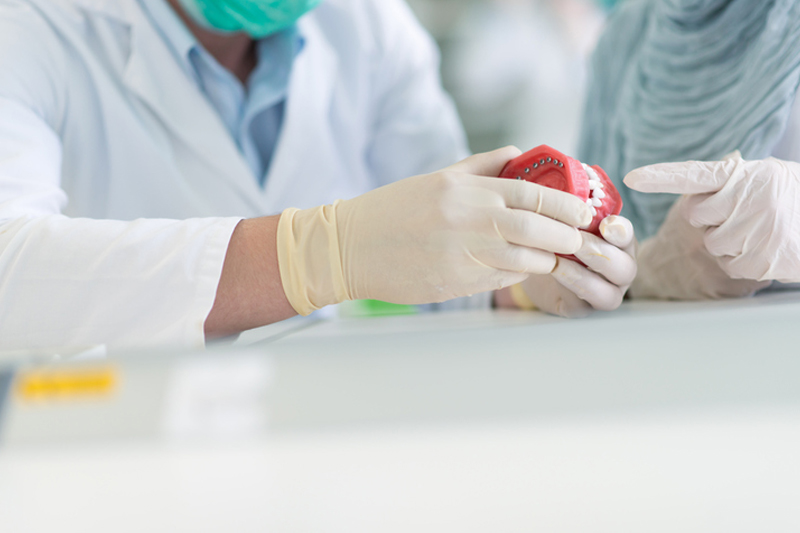Bone Grafting in Los Angeles

Bone grafting is required for many dental restoration procedures such as bridge work and dental implants.
Bone grafting can be used to prevent bone loss or to create bone. Bone grafting is used in preparation for implant placement. Dental Implants are supported by bone. Sufficient amount of bone is necessary to hold the implant in place. With a proper foundation, we can reconstruct function and esthetics with dental implants.
Why do you need bone grafting for dental implants? When placing a dental implant it is very important to have a solid foundation. The bone supports the implant. Solid bone needs to support the implant for it to be stable and have a good long term prognosis. If you don’t have enough bone for a dental implant, bone grafting and tissue engineering utilizing stem cell technology can aid in creating a good bone mass that can supports your implant.
There are several major factors that affect jaw bone volume:
- Periodontal Disease – Periodontal disease can affect and permanently damage the jaw bone that supports the teeth. Affected areas progressively worsen until the teeth become unstable.
- Tooth Extraction – Studies have shown that patients who have experienced a tooth extraction subsequently lose 40-60% of the bone surrounding the extraction site during the following three years. Loss of bone results in what is called a “bone defect”.
- Injuries and Infections – Dental injuries and other physical injuries resulting from a blow to the jaw can cause the bone to recede. Infections can also cause the jaw bone to recede in a similar way.
Reasons for bone grafts
Bone grafting can increase the height or width of the jawbone and fill in voids and defects in the bone. Bone grafting is a highly successful procedure in most cases. It is also a preferable alternative to having missing teeth, diseased teeth, or tooth deformities.
There are essentially two basic ways in which bone grafting can positively impact the health and stability of the teeth:
Jaw Stabilization – Bone grafting stabilizes and helps restore the jaw foundation for restorative or implant surgery. Deformities can also be corrected and the restructuring of the bone can provide added support.
Preservation – Bone grafting can be used to limit or prevent bone recession following a tooth extraction, periodontal disease, or other invasive processes.
Why do I not have enough bone? The tooth keeps the bone in place. When a tooth is lost, the bone collapses and overtime it becomes thinner. Just like building a home, an implant needs a good foundation. The bone is the foundation for an implant. Bone resorption is common over time after losing a tooth or teeth and therefore grafting may be necessary to re-create the bone.
What are the different types of bone grafts? There are 2 types of different bones. One is your own bone which is called autologous bone and the other bone is bone from the bottle (allograft). Autologous bone can be harvested from various places including chin, the back of the jaw (ramus), upper jaw, hip of the leg. The bone from the bottle comes from human cadavers and cows (bovine) and they are treated with chemicals leaving a clean structures that creates a scaffold. This avoids having a second surgical site. However, it does not contain stem cells like your own bone. The size of the defect and location dictates the type of bone graft. Tissue engineering may be required in larger defects for optimal bone formation. Our dental specialists are experts in bone grafting and implant placement.
